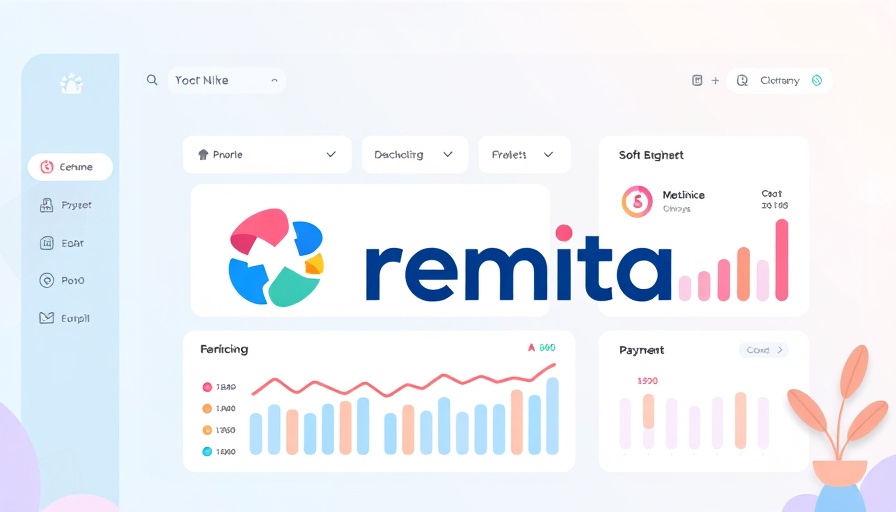
Nigeria's Financial Landscape Faces Transformation: The Rise of TMRAS
Contrary to circulating rumors, Nigeria's federal government has not abandoned Remita, the electronic payment platform that has underpinned the Treasury Single Account (TSA) for almost a decade. Instead, the government is introducing a parallel system known as the Treasury Management & Revenue Assurance System (TMRAS), aiming to revise the current revenue collection framework. This move reflects an ongoing effort to mitigate Remita's monopoly on governmental financial processes, as discussed in documents and high-level conversations disclosed to TechCabal.
Unpacking the Shifts in Revenue Management
Remita, owned by SystemSpecs, still retains its role in government finance management since its consolidation of public funds into the TSA following its winning bid in 2012. Yet, its operation has been marred by controversies and scrutiny regarding its perceived dominance and the risks associated with entrusting a private firm with such significant responsibilities. The recent memorandum from the Office of the Accountant General of the Federation (OAGF) prompts the integration of Remita into the new TMRAS system, which is set to enhance the government's capacity to oversee and optimize revenue flows.
Inception and Implications of TMRAS
Announced earlier this month, TMRAS officially went live on March 4, marking a significant shift in Nigeria's financial system. By introducing a comprehensive treasury management platform, TMRAS promises more liberalized and efficient revenue collection, allowing various licensed Payment Solution Service Providers (PSSPs) to participate alongside Remita. This evolution aims to elevate transaction transparency and accountability, echoing sentiments shared by finance authorities and industry analysts who have long critiqued the heavy reliance on a single entity for government funds processing.
The Path Forward: Balancing Act for Nigeria's Government
As Nigeria gears up for this financial reshuffling, the ongoing question remains: will TMRAS effectively dismantle Remita's stronghold? The CFO of Remita has asserted that while TMRAS may be an additional feature, it is intrinsically linked to and not a replacement of their existing infrastructure. However, challenges loom on the horizon; prior attempts to redesign payment aggregation systems have stalled due to insufficient comprehension of the operational complexities involved. How TMRAS navigates this landscape remains crucial for its success and the government’s financial aspirations.
Challenges and Considerations in Implementation
The phased implementation structure of TMRAS, including plans for foreign-based transactions set to begin by June 1, is critically timed. It demands meticulous management to ensure a smooth transition. There are also wider implications concerning the international credibility of Nigeria’s financial systems amidst ongoing economic dialogues with global partners. Enhanced performance and transparency could facilitate a more favorable lending environment, especially as the government seeks to bolster its economic position.
Conclusion: The Potential of TMRAS
The TMRAS points towards a progressive era in Nigeria’s financial management strategies. Its success hinges upon the effective integration of Remita and the seamless collaboration of various PSSPs. As Nigeria embarks on this journey, stakeholders must remain vigilant and proactive in addressing emerging challenges. The modernization of Nigeria’s treasury systems is not just a bureaucratic necessity; it is imperative for economic empowerment and sustainable growth.
 Add Row
Add Row  Add
Add 




Write A Comment